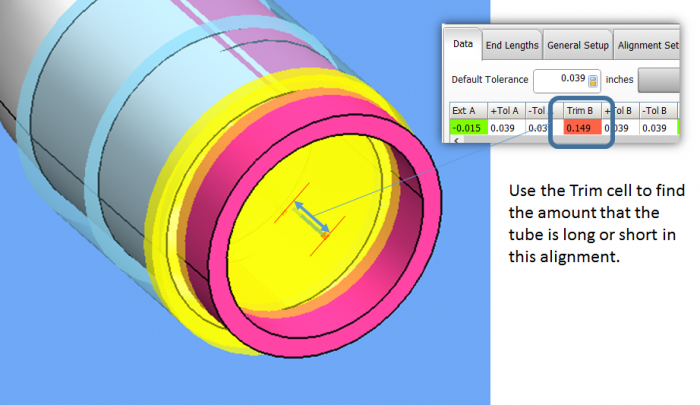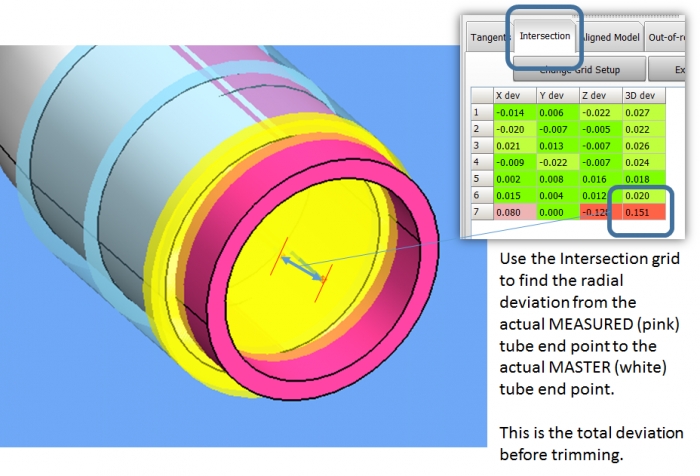Difference between revisions of "VTube-LASER End Point Deviations"
From ATTWiki
(→Three Main End Point Deviations) |
(→BEFORE-TRIM Deviations) |
||
| (2 intermediate revisions by one user not shown) | |||
| Line 57: | Line 57: | ||
| − | ==== | + | ====3D Length Deviations ==== |
<table cellpadding=10> | <table cellpadding=10> | ||
<tr valign=top> | <tr valign=top> | ||
| Line 77: | Line 77: | ||
* See also [[VTube Intersection Point Tolerances]] | * See also [[VTube Intersection Point Tolerances]] | ||
| + | * [[What are Centerline Tangent Points and Why Are They Important in VTube-LASER?]] | ||
| + | * About [[VTube Intersection Point Tolerances]] | ||
| + | * About [[VTube End Length Offsets]] | ||
| + | * [[The Limitations of Qualifying Tube Shapes using Bender Data]] | ||
* Back to [[VTube-LASER]] | * Back to [[VTube-LASER]] | ||
Latest revision as of 02:09, 31 July 2020
|
|
Contents |
Three Types of End Point Deviations
|
There are three types of end point deviation values calculated during an alignment of the MEASURED to the MASTER tube. |
END LENGTH Deviations
|
The end length deviations are found at the top of the Inspection menu.
|
AFTER-TRIM Deviations
|
These are found in the first T1 value and the last T2 value in the Tangents grid.
|
3D Length Deviations
|
These are found in the Intersection grid values.
|





